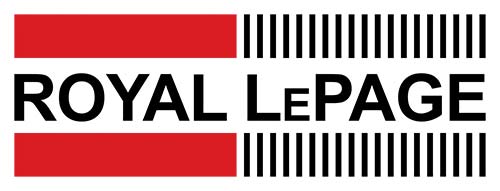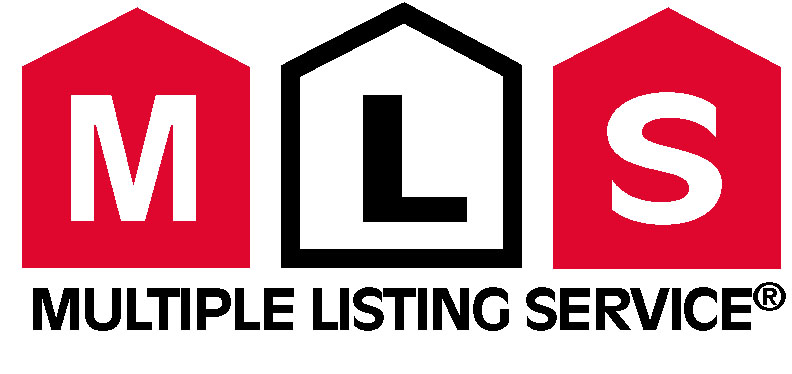Tackling debt is a priority for many households, and finding the right strategies to do so can be a significant relief. One effective tool that homeowners can use is a Home Equity Line of Credit (HELOC). This financial product allows you to borrow against the equity you’ve built up in your home, often at lower interest rates compared to other types of loans.

In this blog, we’ll explore how you can smartly use a HELOC to pay off your debts, streamline your payments, and potentially save on interest. Whether it’s credit card debt, student loans, or other personal liabilities, using your home’s equity could be a strategic move towards achieving financial freedom. Let’s dive into the specific ways to make this happen.
Understanding Home Equity Line of Credit (HELOC)
A Home Equity Line of Credit, commonly known as HELOC, is a type of revolving credit in which your home serves as collateral. It provides homeowners with the ability to borrow funds as needed, up to a pre-approved credit limit. The flexibility to draw and repay funds on an as-needed basis makes HELOC a practical choice for managing large expenses, including debt consolidation.
How HELOC works
A HELOC functions similarly to a credit card, providing a line of credit that you can draw on as needed. When you secure a HELOC, your lender will set a maximum credit limit based on the amount of equity in your home, which is the value of your home minus any outstanding mortgage balance.
Here’s how it generally works:
– Application and Approval: You apply with a lender, who then assesses your credit score, financial history, employment status, and home equity to determine your credit limit.
– Draw Period: This is the time frame during which you can access funds from the HELOC. Typically, this period lasts for about 10 years during which you can draw from the HELOC, paying interest only on the amount you use.
– Repayment Period: After the draw period ends, you can no longer borrow against the HELOC and must start paying back the principal plus interest. This can last from 10 to 20 years (terms vary on lenders).
It’s important to note that during the draw period, minimum monthly payments are typically interest-only, but you can choose to pay more towards the principal to manage debt effectively.
Tips for Paying Off Debt with HELOC
Tip 1: Assess Your Debt and Create a Repayment Plan
Start by compiling a comprehensive list of all your debts — credit cards, personal loans, medical bills, etc. Note the balances, interest rates, and monthly payments. With this information at hand, create a repayment plan. Prioritize debts with higher interest rates, which are often more costly over time. Use your HELOC to pay these off first, thereby reducing the amount of interest you’ll accrue and speeding up debt repayment.
Tip 2: Calculate Your Home Equity
To determine how much you might qualify for with a HELOC, you need to calculate your home equity. Subtract any amounts you owe on your mortgage from the current market value of your home. Lenders typically allow you to borrow up to 65% and in some cases lender will approve up to 80% of this equity. Knowing your home equity gives you a clear idea of whether a HELOC can cover your debts and how much you can feasibly borrow.
Tip 3: Avoid Taking on New Debt
While using a HELOC to consolidate debt can be a smart financial move, it’s crucial to avoid accruing new debt simultaneously. Additional borrowing would counteract the benefits of debt consolidation, leading to higher overall debt. Focus on paying off the HELOC without adding more to your debt load.
Tip 4: Negotiate Interest Rates
Before using a HELOC to pay off your debts, try negotiating lower interest rates with your existing creditors. Lower rates can decrease your monthly payments and the total amount of interest you pay. Sometimes, creditors are willing to reduce rates for customers in good standing or those experiencing financial hardship.
Tip 5: Make Extra Payments Whenever Possible
Whenever you have additional funds, consider using them to make extra payments on your HELOC. This tactic reduces your principal faster and decreases the total interest accrued. Setting up automated payments over the minimum due can also ensure you consistently pay more towards your debt.
Tip 6: Utilize HELOC for Debt Consolidation
Consolidate high-interest debts using a HELOC. This step can simplify your finances by replacing multiple debt payments with a single, lower-interest monthly payment. Debt consolidation also often leads to lower overall monthly payments, freeing up funds that can be redirected towards faster debt repayment.
Tip 7: Monitor Your Spending
To free up more money for debt repayment, keep a close eye on your monthly spending. Track where every dollar goes and identify areas where you can cut back. Budgeting apps can be incredibly helpful in providing insights and keeping your finances on track.
Tip 8: Consider Refinancing Your HELOC
If interest rates have dropped since you took out your HELOC or if your credit situation has improved, consider refinancing. This could potentially lower your interest rate and monthly payments, making it easier to pay off your debt faster.
Tip 9: Seek Professional Financial Advice
Paying off debt can be complex, and using a HELOC involves risks, as your home is on the line. Consulting with a financial advisor can provide personalized advice and help you navigate your options safely and strategically.
Tip 10: Stay Committed to Your Plan
Debt repayment requires discipline and persistence. Stay committed to your repayment plan, regularly review your progress and adjust as necessary. Celebrate milestones to stay motivated and remember that each payment gets you closer to your goal of financial freedom.
Conclusion
Utilizing a Home Equity Line of Credit (HELOC) to pay off debt can be a strategically smart move if done with careful planning and discipline. By tapping into your home’s equity, you can consolidate high-interest debts into one lower-interest loan, potentially saving you money on interest and making payments more manageable. Remember, it’s crucial to not view this as an opportunity to spend freely but as a structured plan to achieve financial freedom. Plan carefully, prioritize debts, and ensure consistent payments to slowly but steadily eliminate your debts. With the right approach, a HELOC can be a valuable tool in your financial toolkit.


